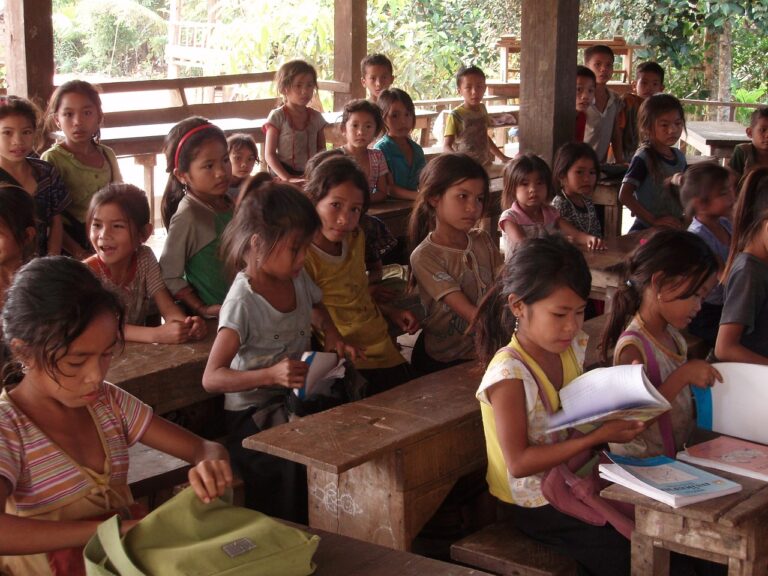Addressing Implicit Bias in College Admissions Decision-Making Processes
In the realm of college admissions, implicit biases can subtly sway decision-making processes. These biases, often ingrained through societal norms and cultural perceptions, have the potential to influence how admissions officers assess and evaluate applicants. Without awareness or mitigation strategies in place, these biases can lead to unfair advantages or disadvantages for certain groups of individuals in the admissions process.
Research has shown that implicit biases can manifest in various forms, such as assumptions about a candidate’s background, abilities, or potential for success. These biases can result in overlooking qualified candidates or favoring others based on irrelevant characteristics. The implications of implicit bias in college admissions can perpetuate inequalities and hinder the goal of creating diverse and inclusive student bodies.
Understanding the Influence of Stereotypes on Decision-Making
Implicit bias, often fueled by stereotypes, can significantly impact decision-making processes in various contexts, including college admissions. Stereotypes engrained in societal beliefs may subconsciously influence how individuals perceive and assess applicants, leading to biased evaluations. This can result in the favoring or disfavoring of certain individuals based on preconceived notions rather than their actual qualifications or merits. Identifying and understanding these underlying stereotypes is crucial in addressing and mitigating their influence on decision-making processes.
Moreover, stereotypes can also affect the interpretation of information and behaviors, influencing how individuals assess and judge applicants. Biased decision-making may occur when stereotypes prompt evaluators to make assumptions about applicants that are not necessarily grounded in reality. This can lead to unfair treatment and hinder the ability to accurately assess an individual’s qualifications and potential. By acknowledging the impact of stereotypes on decision-making processes, steps can be taken to promote more objective and equitable evaluations in college admissions and beyond.
Identifying Key Factors that Contribute to Implicit Bias
Implicit bias is often influenced by a variety of factors that may not be immediately apparent. One key factor that contributes to implicit bias is a person’s upbringing and cultural background. The beliefs and attitudes instilled in individuals from a young age play a crucial role in shaping their biases, which can then manifest in various aspects of decision-making.
Moreover, societal influences, such as media representation and societal norms, also significantly impact the development of implicit bias. Exposure to stereotypes and discriminatory practices in media can perpetuate biased beliefs and attitudes towards certain groups. Additionally, societal norms and expectations can subconsciously influence individuals to hold prejudiced views without even realizing it.
• Upbringing and cultural background play a crucial role in shaping biases
• Societal influences, such as media representation and societal norms, impact the development of implicit bias
• Exposure to stereotypes and discriminatory practices in media can perpetuate biased beliefs
• Societal norms and expectations can subconsciously influence individuals to hold prejudiced views
What is implicit bias?
Implicit bias refers to the attitudes or stereotypes that affect our understanding, actions, and decisions in an unconscious manner.
How does implicit bias impact college admissions?
Implicit bias can affect college admissions by influencing decision-makers to favor certain groups over others based on stereotypes and prejudices.
What role do stereotypes play in decision-making processes affected by implicit bias?
Stereotypes play a significant role in decision-making processes affected by implicit bias as they shape our perceptions of individuals and groups, leading to biased judgments and outcomes.
What are some key factors that contribute to implicit bias?
Some key factors that contribute to implicit bias include social conditioning, cultural influences, personal experiences, and exposure to media representations.
How can individuals work to address and mitigate their own implicit biases?
Individuals can work to address and mitigate their own implicit biases by increasing self-awareness, challenging stereotypes and prejudices, seeking diverse perspectives, and actively practicing empathy and understanding.





